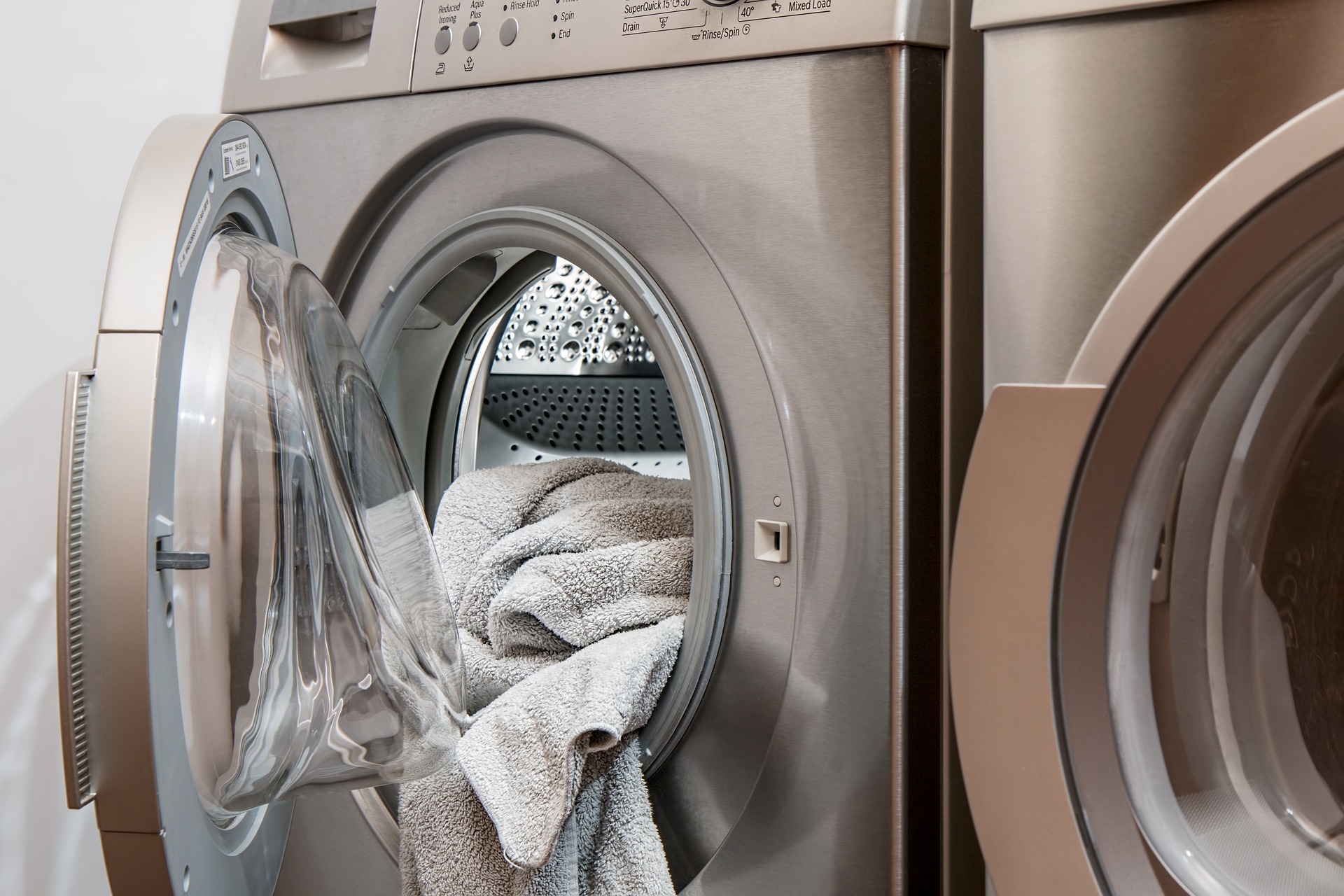You use a blender, curling iron, toaster, and other appliances every morning. They remain conveniently plugged-in, and these idle appliances are called “energy vampires.” They’re using energy – standby power – and can account for as much as 10% of your home’s energy consumption.
Appliances & Energy Consumption
Electricity is measured in watts. A kilowatt (kWh) is 1,000 units of watt-power. Some appliances use more electricity than others. Your smoothie blender, for example, may use 300* watts but ice-crushing, full-powered blenders can use more than 1,000.
Savvy homeowners unplug their energy vampires. It doesn’t make that much difference; maybe $100/year at the most, but it’s the right thing to do and something our kids need to learn about. Another energy-saving tip is to look for the ENERGY STAR® certification when purchasing electronic products.
5 Biggest Electricity-Using Appliances
Living “off the grid” can be interesting; even exciting, but most of us prefer traditional lifestyles. Still, we want to save energy.
You can’t disconnect your refrigerator, most light fixtures, and other conveniences that enhance your quality of life at home and work. But when appliances and electrical fixtures operate at maximum efficiency and their usage is managed, you save energy and money.
Here are the five appliances that use the most electricity (in order of usage) and ways to reduce their energy consumption:
1. HVAC
Heating, ventilation, and air conditioning systems use the most electricity; about 46% of your total energy consumption. You can save energy and reduce monthly bills if you:
- “Dress to weather” indoors by wearing lighter clothing in summer and heavier in winter.
- Get furnace maintenance every fall and air conditioning service every spring.
- Keep floor vents and the area around the HVAC unit uncluttered and clean.
- Replace HVAC filters often.
- Stop running the AC 24/7; turn it on during the hottest daytime hours and at night for cool comfort.
- Use ceiling fans.
- Utilize natural sunlight for warmth and curtains to cool-down rooms.
2. Water Heater
Water heaters average 405 kWh/month.
- Insulate hot water pipes; and consider insulating your water heater.
- Lower the water heater temperature when on vacation.
- Set the heating temperature to 120°F or lower.
- Shower and faucet aerators reduce water use.
- Shower instead of bathing.
- Solar water heaters can save 50%-80%.
3. Large Appliances
Refrigerators use 162 kWh/month.
- Don’t overpack.
- Dust/clean behind the unit clean for better airflow.
- Put frequently accessed foods near the door(s).
- Replace older refrigerators with energy-efficient models.
- Use the manufacturer’s recommended temperature settings.
Washers and dryers account for 5% of your home’s total energy consumption.
- Clean the lint trap after every dryer use.
- Use cold water.
- Use drying racks; hanger-dry when possible.
- Wash full loads only.
Electric ovens and stoves add enough heat to increase your AC load. They use 2,500 watts and 1,500 watts when used 1 hour/day at medium-high heat, respectively.
- Turn off burners (and sometimes the oven if not cooking meat) before food is done and allow residual heat to finish cooking.
- Use crockpots, microwaves, electric skillets, etc. when possible.
Dishwashers also add heat to your home.
- Pre-wash better so you can use shorter cycles.
- Turn off heated dry.
- Wash during cooler hours.
- Wash only full loads
4. Lights
Natural light is always the best option because electric lighting accounts for a significant amount of energy use.
- Install motion-detecting security lights rather than all-night-on outdoor lights.
- Put outdoor/indoor lighting on timers.
- Turn the lights off when you leave rooms.
- Use LED bulbs and holiday lights.
5. Electronic Media
Families watch as much as 5 hours of television/day and play video games six hours/week. Those devices alone can use 55kWh/month.
- Consider increasing the family’s reading and board activities.
- Deactivate quick-start settings.
- Don’t use standby mode.
- Reduce screen brightness.
- Turn it off when not in use.
2023 Electrical Upgrades For Central Arizona
Are you considering landscape lighting or home remodeling this year? Before you tackle any renovation project, request a free estimate for energy-efficient electrical upgrades. Safety requirements for smoke detectors were also upgraded in 2022, so you may want a whole-house smoke detector inspection/replacement.
Turn It On Electric is the Phoenix-area licensed electrical contractor for homeowners and homebuilders. To learn more about home electrical upgrades and energy efficiency, contact TIO Electric.
___
*All numbers are estimates.











